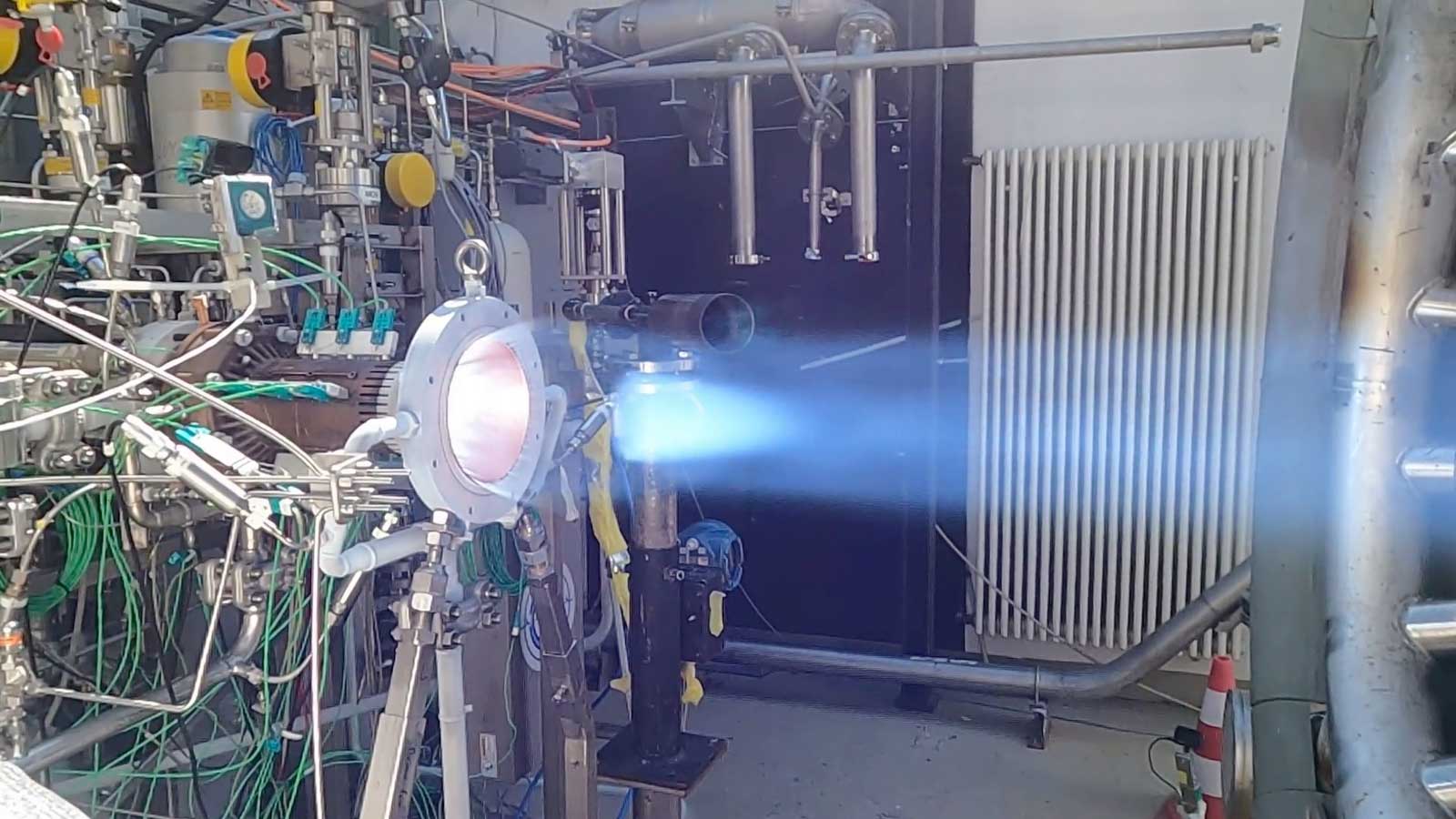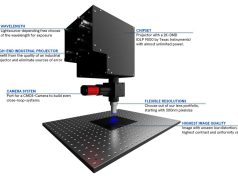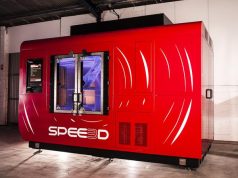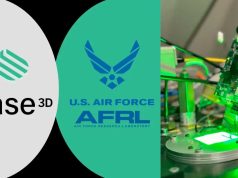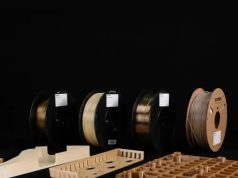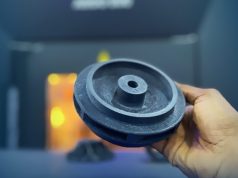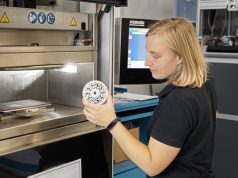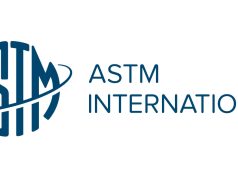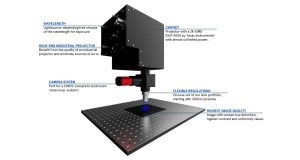The German Aerospace Center (DLR) is driving forward the development of 3D printing processes for the space industry. In the “3D-LoCoS” project, a combustion chamber for rocket engines was manufactured using the laser powder bed process and successfully tested. According to DLR experts, additive manufacturing enables more cost-effective and faster production of complex components.
In Lampoldshausen, the 3D-printed combustion chamber completed tests on the European P8 research and technology test bed. At 25 kilonewtons of thrust, the design and manufacturing process proved successful. A special copper-chromium-zirconium alloy makes the combustor highly thermally conductive and temperature resistant.
According to Dr. Jan Haubrich of DLR’s Institute of Materials Research, innovative manufacturing processes are critical to cost efficiency in spaceflight. Metallic additive manufacturing enables complex and filigree structures to be produced more cost-effectively than conventional processes. However, the technology is still young and needs to be further developed, he said.
Dr. Dmitry Suslov of the Institute of Space Propulsion sees great potential for the future. He says the tests have shown that additive manufacturing offers a lot of scope for the design of engine components. Now the technology is to be brought quickly into industrial use. Artificial intelligence was also used in the project. In subsequent projects, the combustion chamber is to be further developed with AI.
Subscribe to our Newsletter
3DPresso is a weekly newsletter that links to the most exciting global stories from the 3D printing and additive manufacturing industry.



